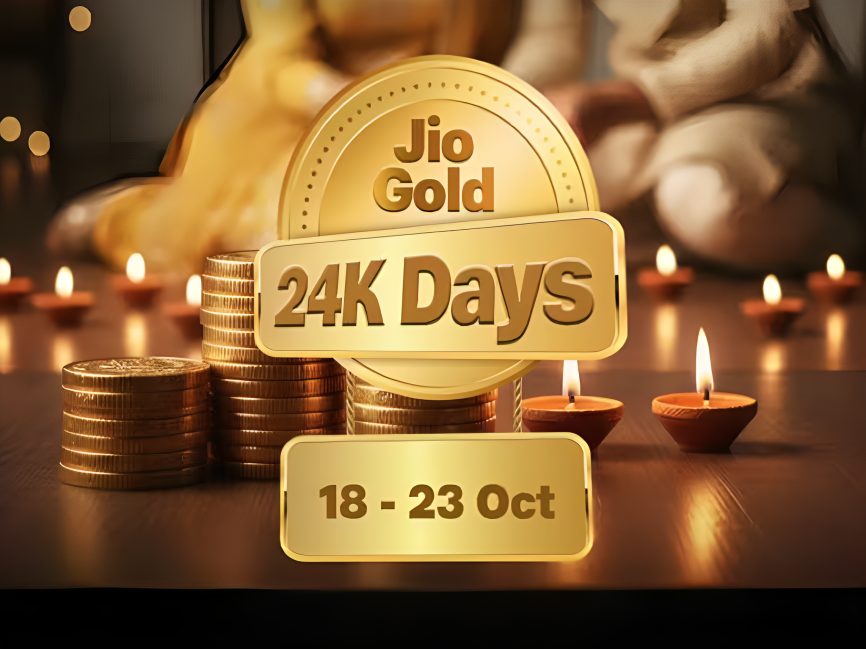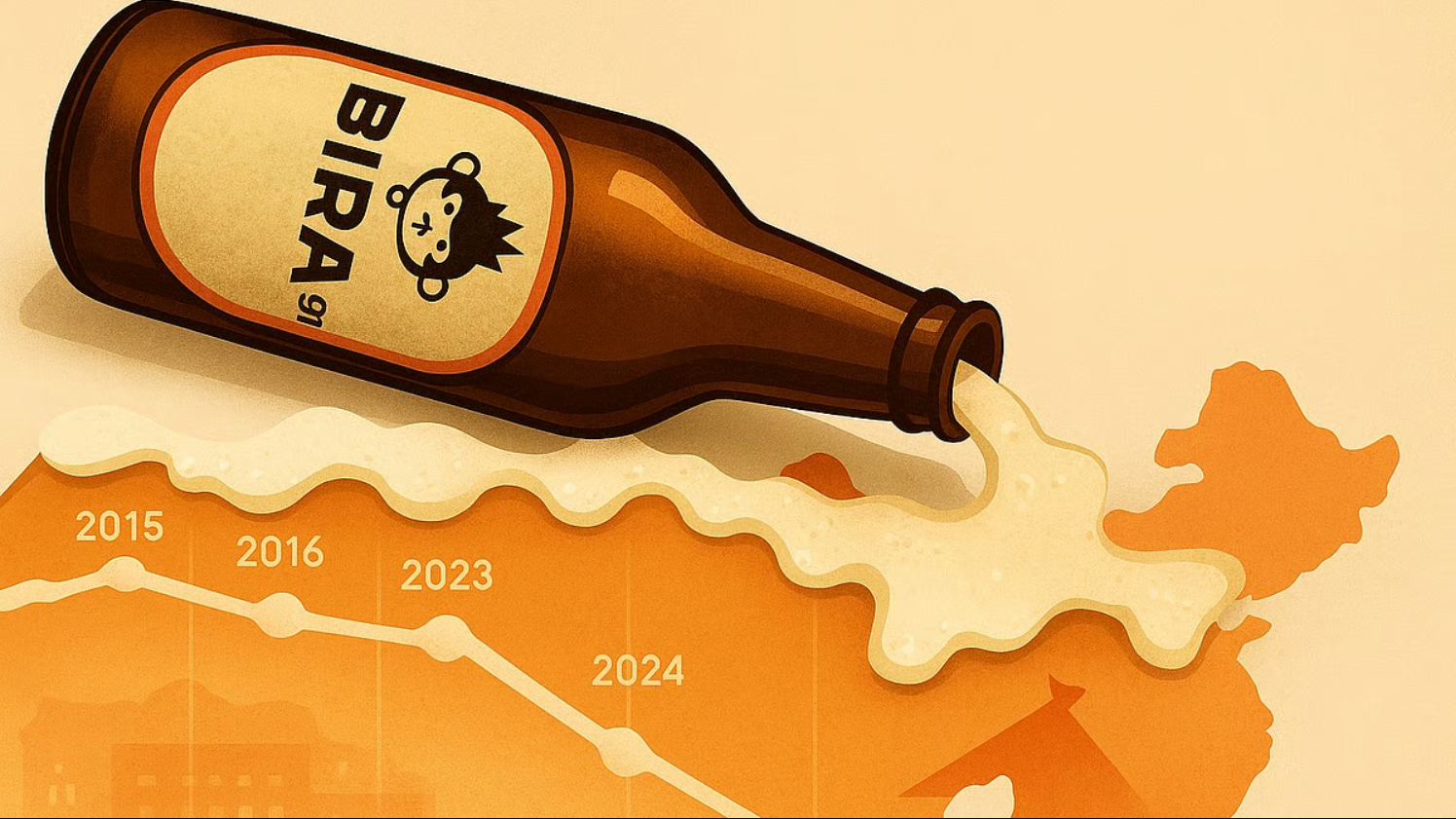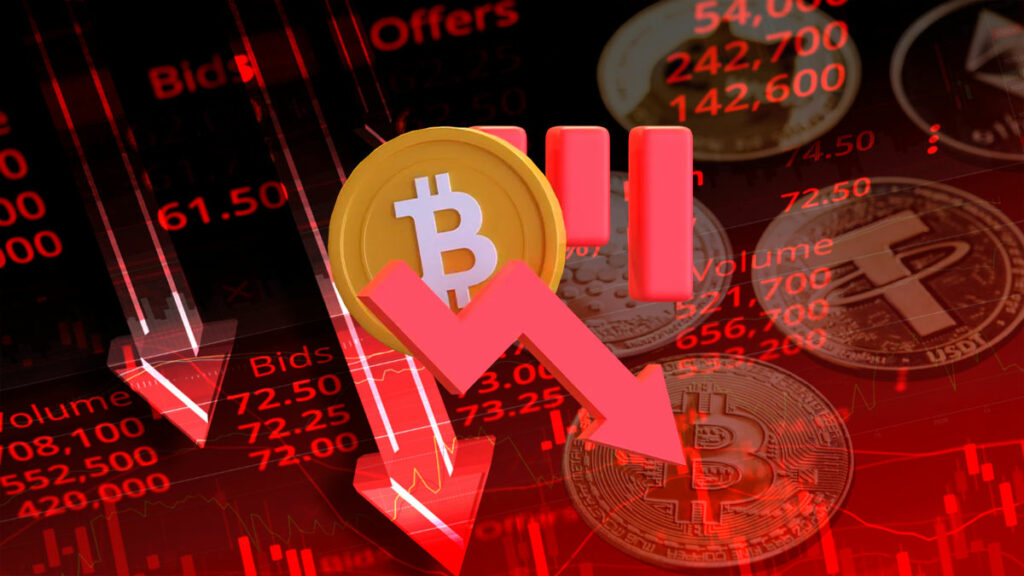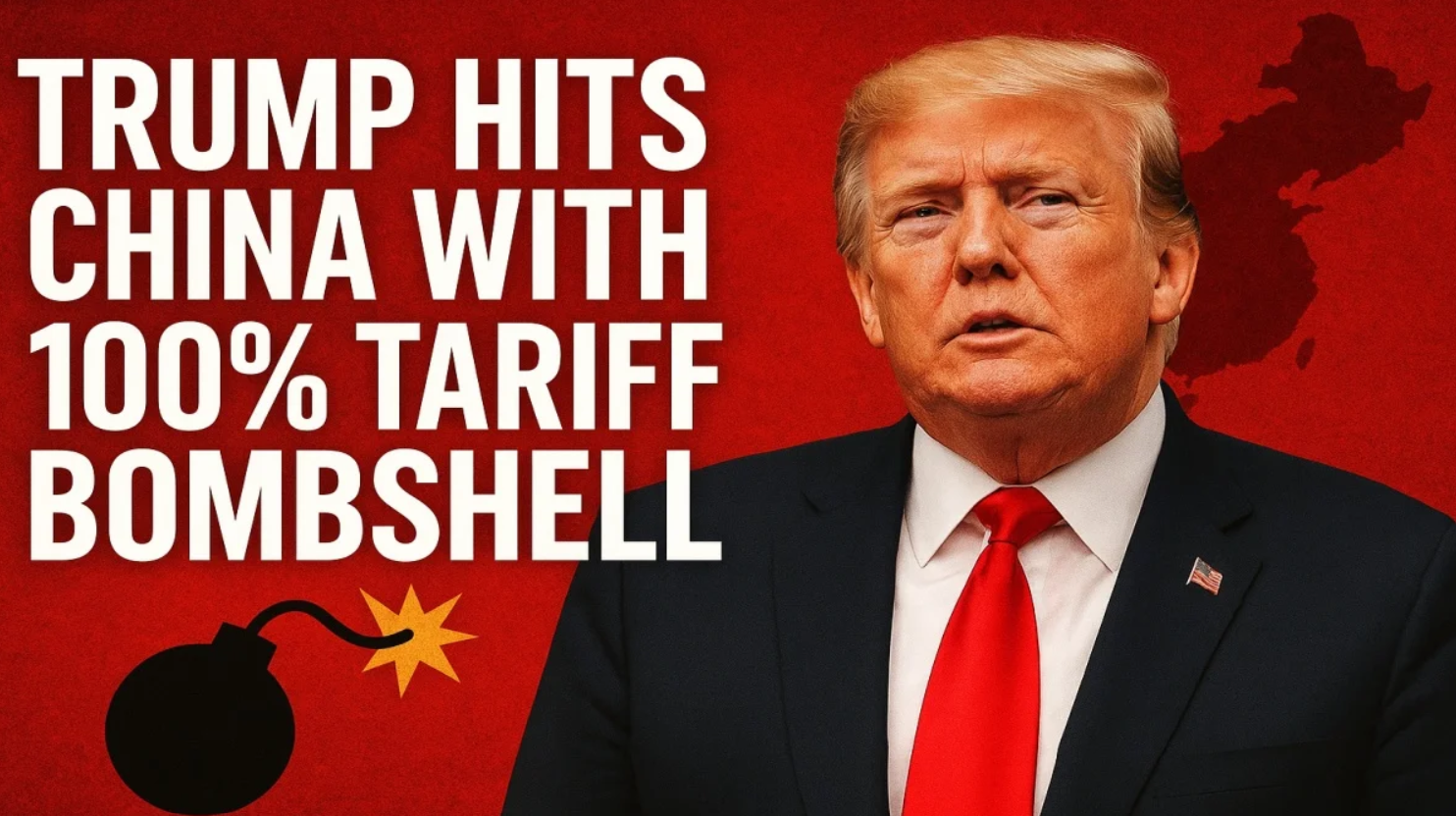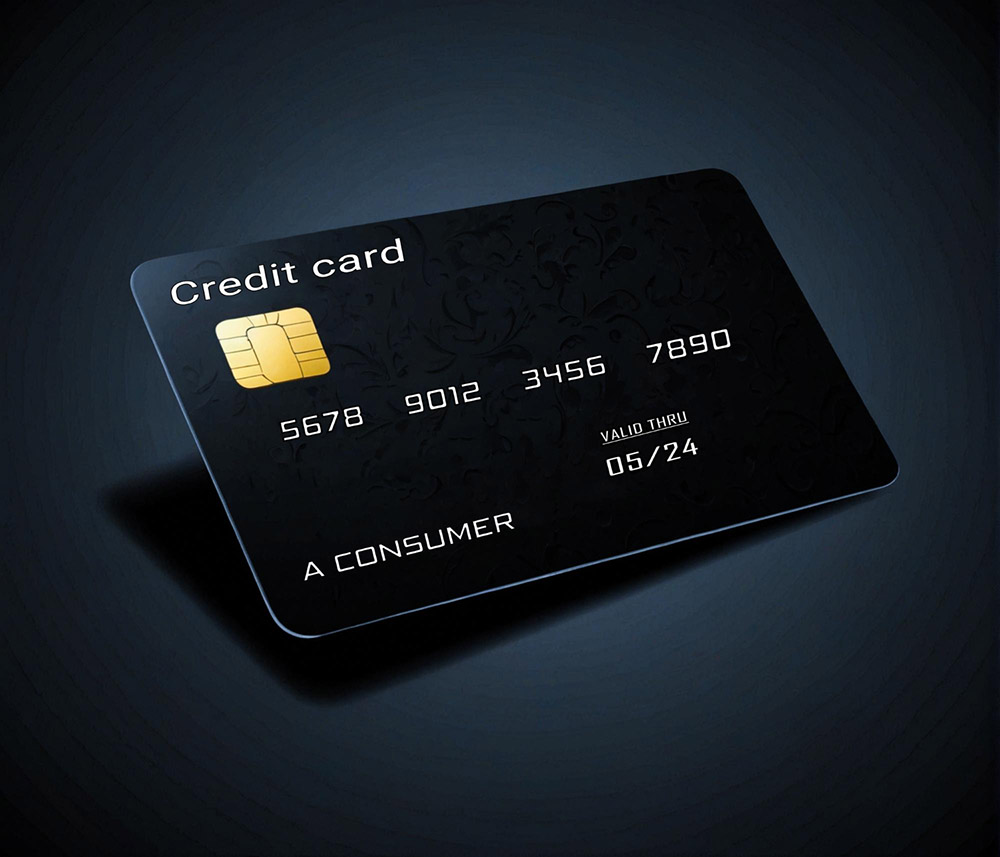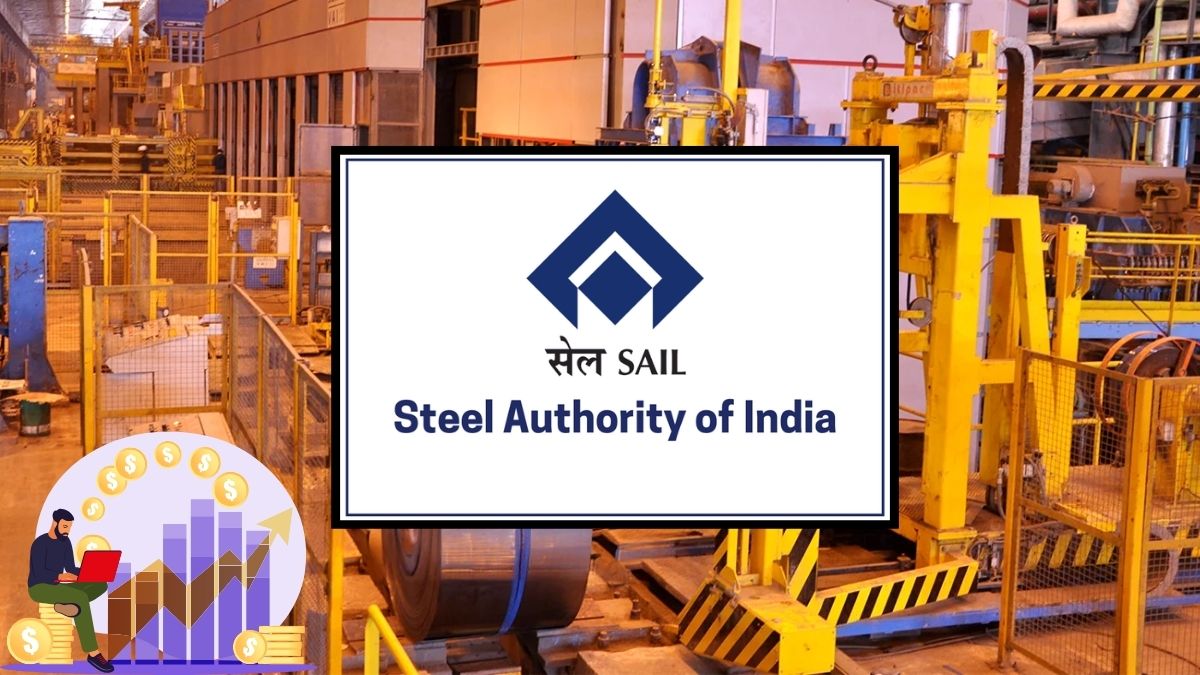Swipe now, worry later — that is the unspoken promise of credit cards. They are everywhere today. You get calls about free lifetime cards, SMS offers for instant approvals, and Instagram influencers flaunting cashback rewards and lounge access. But behind the glitter is a trap that most Indian cardholders fall into without even realizing. It is subtle, legal, and financially draining over time.:max_bytes(150000):strip_icc()/storecreditcardtrapstoavoid-8a5f0dd2d15f4165980c529410b14d8d.jpg)
Let us start with the most common illusion: the minimum due. When your bill shows ₹30,000 and the “minimum due” says ₹3,000, it feels like a relief. You pay that amount thinking you have cleared your dues. But the remaining ₹27,000 does not vanish. It accumulates interest, often 30 to 40 percent annually, and that compound interest adds up faster than most people expect. A single unpaid balance can spiral into long-term debt within months.
Now consider rewards and cashback. Credit card companies market these benefits heavily, making spending feel like saving. Get 5 percent cashback on Swiggy, earn 10x points on travel, free movie tickets every week, it all sounds tempting. But these offers are carefully designed to make you spend more than you usually would. You order food more often, take extra trips, or subscribe to services just to get the points. In reality, the value of rewards is far less than the cost of overspending. You might earn ₹500 in rewards while spending ₹5,000 more than necessary.
The trap goes deeper with lifestyle inflation. Once you start using a credit card regularly, your definition of affordability shifts. You no longer ask “Can I pay for this now” but “Can I swipe and worry later” That mindset leads to buying gadgets on EMI, going out more often, and chasing trends, all on borrowed money. Eventually, your monthly expenses grow to fit your credit limit, not your income.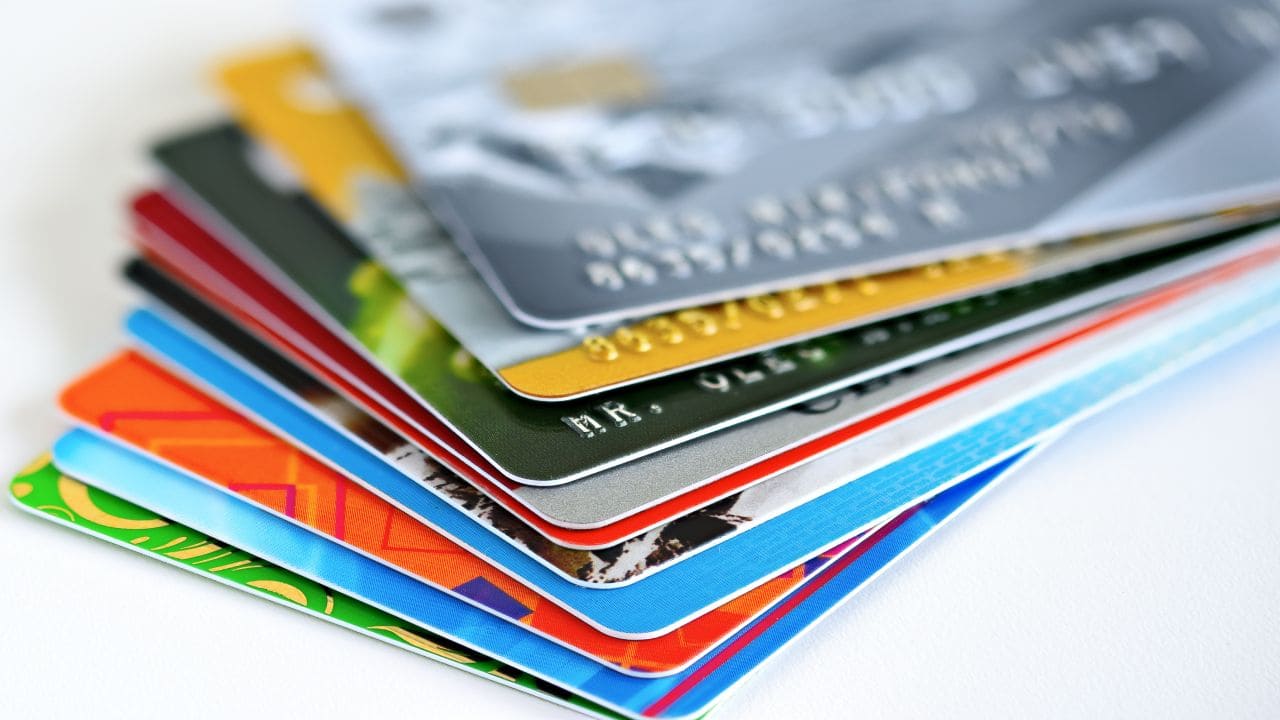
Many Indians also fall for the trap of upgrading cards. You start with a basic card, then upgrade to a premium one because of better perks, but these come with higher fees and expectations. Suddenly, you feel obligated to use the card more to justify the annual fee or to hit the minimum spend threshold for rewards. It is a vicious loop.
Another hidden cost is missed payments and late fees. Even one delayed payment affects your credit score. Multiple delays not only reduce your chances of future loans but also increase your interest rates. The credit card trap is built not on one big mistake, but a hundred small ones that compound quietly over time.
So what is the smart way to use a credit card? Use it like a debit card. Never spend more than what you already have in your bank account. Always pay your bill in full, not just the minimum due. Set alerts for billing cycles, and do not chase rewards that do not align with your actual needs. If you are unable to clear your dues consistently, pause your usage and consider switching to cash or UPI temporarily.
Credit cards are tools, not income. When used with discipline, they can build your credit history and offer convenience. But without control, they become invisible debts that grow in the background while you think you are doing just fine.
For more tips on smart spending and modern finance tools, follow You Finance on Instagram and Facebook.




